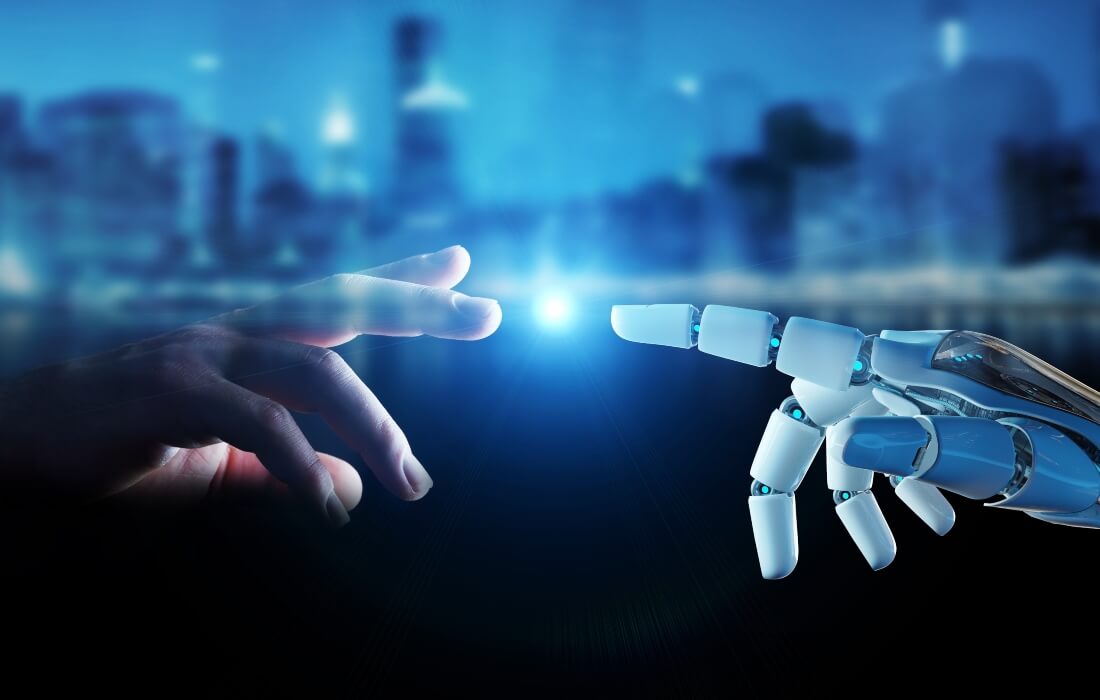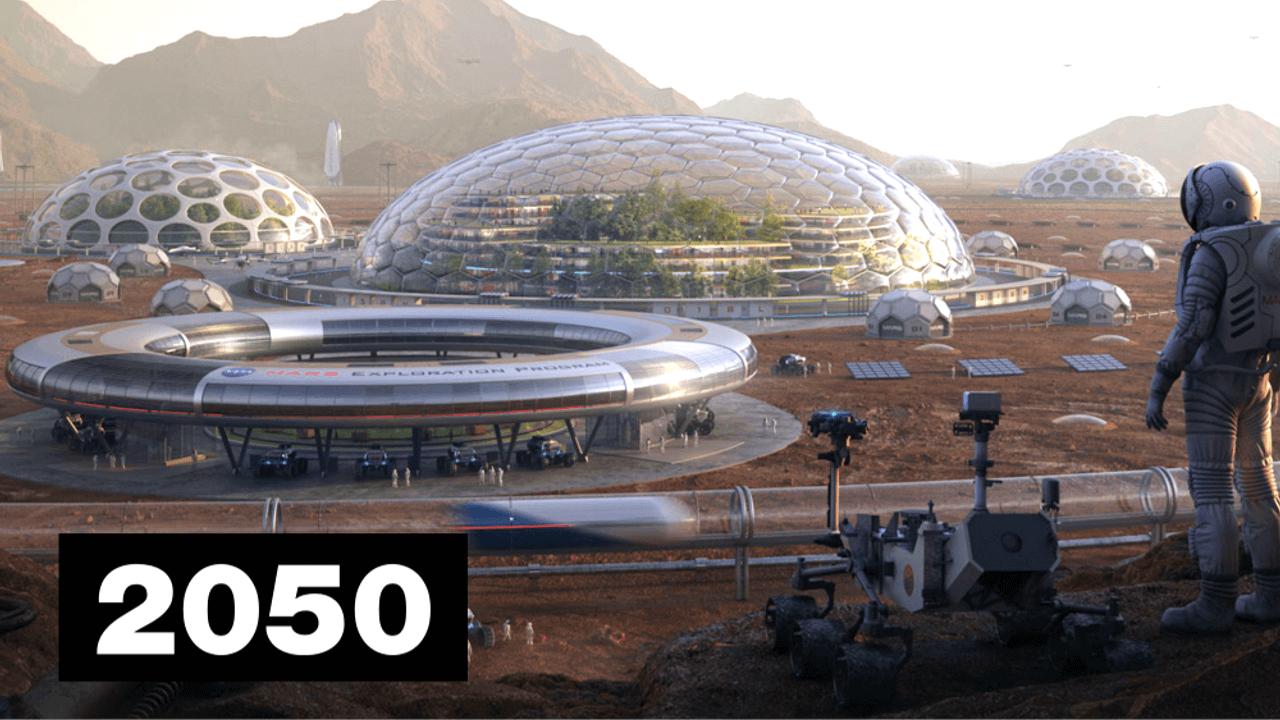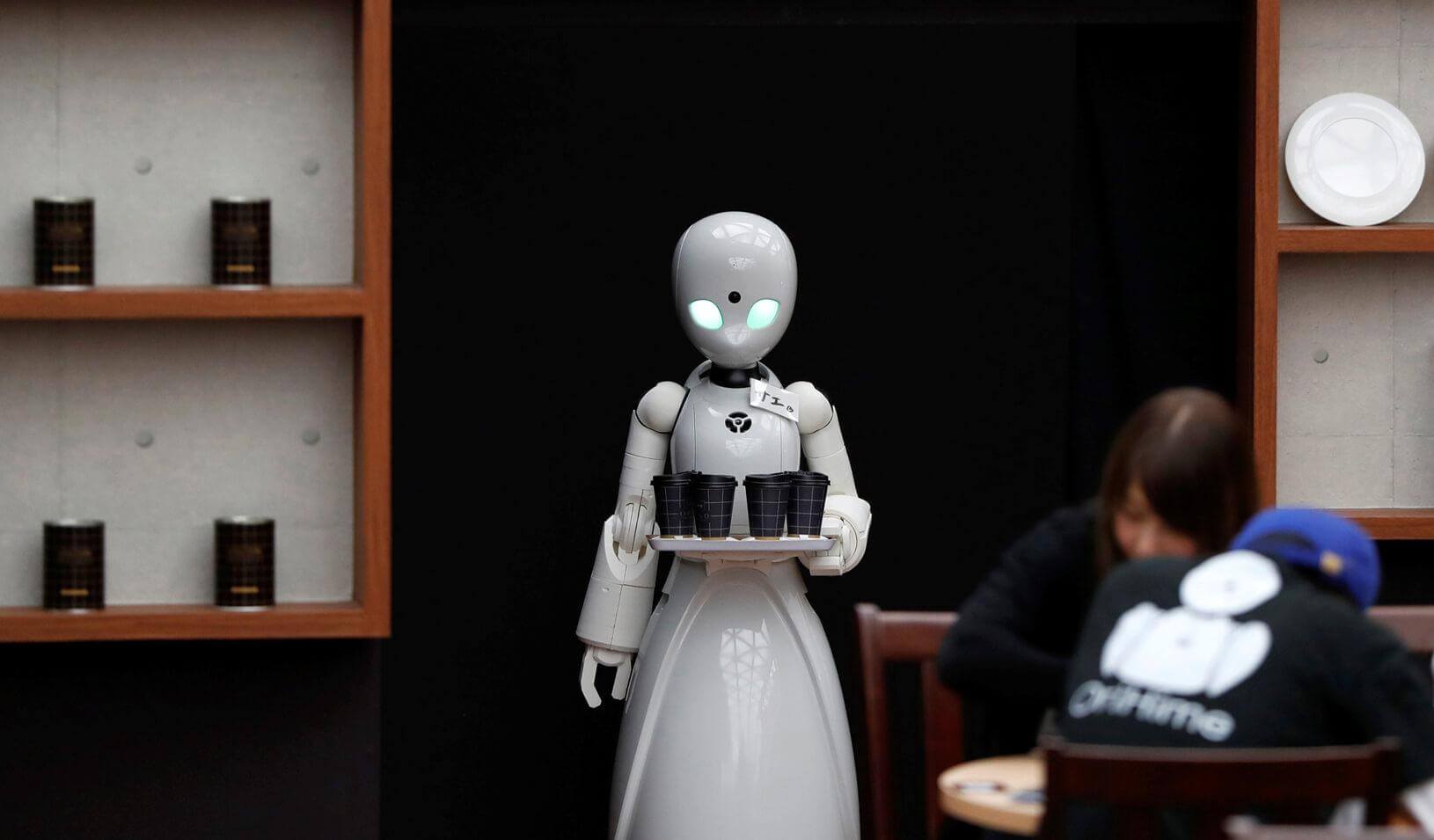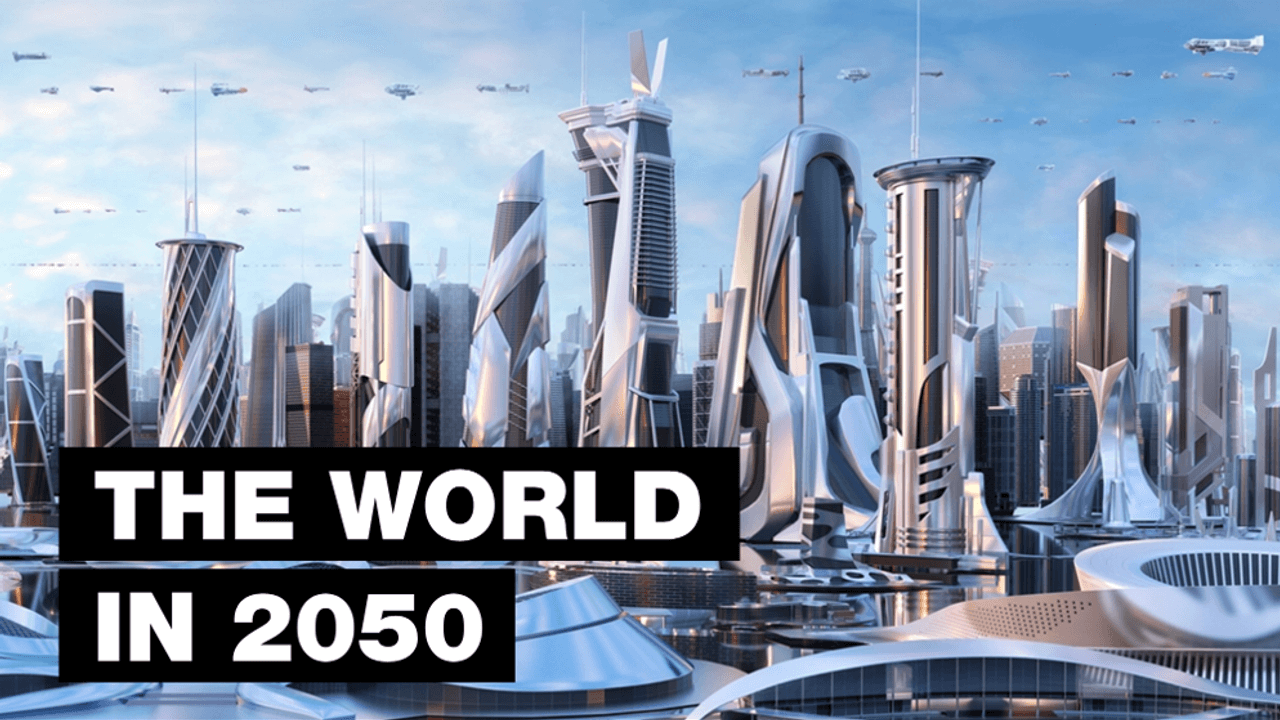What will Robots be like in 2050?
Mainstream society is maybe the principal guilty party for the public’s twisted view representing things to come of mechanical technology. Even though figures like C3PO in Star Wars, Information in Star Trip, and the cyborg in The Eliminator have given advanced mechanics some conspicuous standard allure, they have additionally settled tight assumptions for what they could be and achieve from now on.
“I’m never going to preclude stuff,” said Blake Hannaford, mechanical technology teacher at the College of Washington in Seattle. “However, assuming you think back on sci-fi from the ’50s and ’60s and contrast it with today, it came up short.”
For better or for more terrible, Robots have overcome human presumptions. It’s improbable that we’ll need to be careful with Schwarzenegger-esque executioner robots at any point shortly. Yet, all things being equal, the fate of mechanical technology makes sure to have shocks coming up.
What will be Mechanical technology in 2050?
First, we should cover a portion of the nuts and bolts. Robotic technology is the act of planning and assembling them that perform actual assignments for people and may have some level of independence. The field is naturally interdisciplinary, with regions like design, software engineering, and man-made consciousness.
While robots on the big screen frequently show human characteristics, the advanced mechanic’s field envelops everything from humanoid machines to robotic arms that work in a sequential construction system. they are, as of now, helping people finish significant medical procedures, salvage tasks, and environmental investigations. While robots satisfy boundless jobs, certain qualities interface them under a similar umbrella.
What Are the Robots?
A Robot is a machine that performs undertakings commonly finished by people. Various robots accompany differing levels of mechanization. However, each should have the option to complete a specific arrangement of performances alone. The following are a couple of essential qualities typical to all robots:
They show an actual structure made of mechanical parts.
All robots require an electric flow from batteries or underlying hardware to drive their developments and choices.
Also see, What is a Web3 Technology ? – Is it Good or Bad?
Every robot is directed by programming and decides to permit them to finish activities and, at times, pursue choices alone.
In opposition to individuals’ propensity to paint robots in a human light, a level of savagery characterizes robots. The manners in which robots miss the mark concerning or outperform human capacities will shape the fate of human-robot connections, and that future ends up being complicated with both energizing and mindful feelings as robot types multiply.
Kinds of Robots in 2050
The advanced mechanic’s environment goes through continuous change, yet there are still sorts of robots that appear most frequently. The following are five principal classes that robots fall under, covering everything from chatbots to humanoids.
PRE-Modified ROBOTS in 2050
Pre-customized robots are provided orders ahead of time and can’t change their behavior while simultaneously playing out an activity. These kinds of robots are great for finishing a solitary, dreary undertaking.
HUMANOID ROBOTS in 2050
Humanoid robots show human-like actual highlights and, surprisingly, looks. Their human likeness makes them a solid match for administration occupations that expect eye-to-eye human collaboration.
Independent ROBOTS in 2050
Independent robots can perform activities and pursue choices without human mediation. These robots rely upon complex PCs to see and break down their environmental elements.
TELEOPERATED ROBOTS in 2050
A human administrator somewhat constrains teleoperated robots through a remote framework like Wi-Fi. They are great for performing high-risk activities in outrageous conditions.
Enlarging ROBOTS in 2050
Enlarging them join with the human body to enhance an ability to ongoing or supplant a lost capacity. Models like prosthetic legs have worked on individuals’ satisfaction.
Programming BOTS in 2050
Programming bots are PC applications that depend on bits of code to finish activities all alone. Since these bots exist on the web or PC structures, they aren’t viewed as robots.
Benefits and Hindrances of Robots in 2050
The discourse encompassing robots is confounded, bringing out expectations and dread from various gatherings. While there is no question that mechanical technology is perpetually evolving society, the effect on people stays unsure, considering the advantages and results that robots present.
Benefits OF ROBOTS in 2050
There are many motivations to have an optimistic view on robots, remembering more progressions for different fields and opening doors for people to perform seriously fascinating, exceptionally gifted positions.
Expanded Advancement in 2050
Advanced mechanics frequently prompts forward leaps in different fields due to their interdisciplinary nature. Processing power is essential to fuel robots, and its development has started upgrades in various advancements. For instance, a cell phone can endure longer and perform more undertakings with a similar battery duration as its ancestors. More proficient figuring power has additionally helped PC vision and normal language handling take incredible steps to empower robots to incorporate and gain from visual information.
As organizations push for otherwise robots, designers should also make further developed programming to satisfy these needs. The interconnectedness of mechanical technology urges many fields to move past the constraints of current information.
Corresponding Help
While certain laborers view robots as substitutions, numerous specialists view robots as brilliant supplements in their workplaces. Cooperative robots, otherwise called cobots, have moved forward to deal with tedious, everyday work obligations that require minimal scholarly activity from a typical person. In the money business, cobots lead reviews and identify extortion, permitting representatives to redistribute significant additional investment toward complex activities.
Organizations can appreciate higher efficiency levels and benefits by supporting their workers and clients with them.
New Position Potential open doors in 2050
The facts confirm that the presentation of robots will modify the work scene, yet the vanishing of specific jobs also accounts for more significant positions. For each specialist supplanted by a robot, organizations need to employ programming designers and other tech experts who know how to keep up with mechanical technology innovation. In this sense, one could contend that they have surpassed exhausting positions and have made them ready for additional better functions.
For organizations experiencing a deficiency of laborers, mechanical technology likewise gives a once-in-a-lifetime chance to overhaul their tasks. Organizations can collaborate with robots to computerize assignments, acquaint representatives with new advances and give them additional opportunities to rest and apply their energies.
Drawbacks OF ROBOTS in 2050
Advanced mechanics has and will keep changing how individuals live, and function, and not these progressions are valuable — which is why practical worries have been raised.
Protection and Security Issues
Choosing where to draw limits has been a disputed matter with robots. Computer-based intelligence and mechanical technology accompany a scope of potential security dangers, like performing observation, completing social designing plans, and in any event, committing actual assaults.
One more lousy dream situation for political and business pioneers would be a mishap, including a robot crashing into a plane. While these are the most pessimistic scenario occasions, the company might require more guidelines to guarantee robots are applied in a protected and moral way.
New Advances in 2050
They might increase the popularity of tech-based jobs to keep up with this innovation; however, not all workers have what is required for these positions. Besides inside and out preparation, a four-year software engineering certification accompanies a specific degree of distinction that no measure of upskilling might have the option to coordinate. Thus, current representatives who can’t bear the cost of school might get abandoned directly following a robot transformation.
Work Rivalry in 2050
Their mechanization capacities mean numerous laborers will probably be supplanted by man-made intelligence and advanced mechanics innovations. Usually, machines will disturb 85 million positions by 2025 as labor forces look like to a greater degree, a human-machine half-breed. Also, inside these half-and-half settings, people might battle to stay up with their robot partners.
A blend of growing innovations and an absence of tech ability could indicate a ruthless work market for some laborers. As computer-based intelligence infringes on regions where people perform physical work, laborers should widen their range of skills and keep themselves attractive in a task environment molded by additional cutting-edge jobs.
The Fate of Mechanical technology in 2050
At organizations and colleges all over the planet, architects and PC researchers are formulating ways of making robots more discerning and dextrous.
Overall, the advanced mechanics industry continues developing, joining man-made consciousness, PC vision, and other tangible innovations, as indicated by Examination Knowledge magazine. The magazine noticed that more current cycles of them are simpler to set up and program than their ancestors.
A few remarkable improvements as of late incorporate innovative sea robots that investigate the world under the waves; a robot named Saul that shoots UV beams at the Ebola infection to obliterate it; and a man-made intelligence-controlled restorative robot that assists guardians and patients with conveying all the more effectively, which lessens the pressure.
Robots are turning out to be more human-like in mental capacity and, at times, appearance. In distribution centers and production lines, at cheap food joints and dress retailers, they’re, as of now, working close by people. This one, in Germany, can pick like an old pro.
They’re, in any event, beginning to carry out roles that have typically been the space of people, like making espresso, really focusing on the older and, significantly, shipping tissue. They have even advanced into farming and biomedical areas, reaping crops, treating illnesses, and performing other fundamental errands. However, regardless of which size they serve, They are less high-level than many ideas they’d be at this point.
WILL ROBOTS Take YOUR Work in 2050?
Hannaford said they would “let loose individuals’ cerebrums” to perform other, more complicated assignments. Yet, as the current unrest dislodged endless people who performed difficult work, the mechanical technology insurgency will not occur — and isn’t going on — “without agony and dread and disturbance.”
“There will be many individuals who drop off the radar,” he said of the advantageous positions that will be robotized or vanish together.
Around 50% of laborers who hold their jobs through 2025 following computerization will require some retraining. The people who do secure legitimate abilities will be prepared to fill one of the 97 million new jobs innovations like mechanical technology and simulated intelligence are supposed to make.
In a distribution center setting, for instance, the people who progress to different undertakings that require “higher abilities, for example, thinking and complex development, are undeniably less in danger of getting robot-knock. Also, they will get knocked. Vince Martinelli, head of the item and promoting at RightHand Mechanical technology, is confident that robots will generally finish specific yet common positions like stockroom request picking in 10 to 20 years. At this moment, however, the innovation isn’t there.
Delicate Advanced mechanics Builds up some forward movement
Specialists in a newish specialty called “delicate mechanical technology” deal with emulating human activity. Growing high-performing automated minds is unbelievably troublesome. Getting them to respond like individuals do truly is significantly more earnest, as mechanical designer Christoph Keplinger made sense of during a 2018 TED Talk.
“The human body utilizes delicate and deformable materials like muscle and skin,” he said. “We want another age of robot bodies roused by the style, effectiveness, and delicate materials of the plans tracked down in nature.”
In depicting his endeavors to fabricate fake muscles called “delicate activators,” Keplinger refers to natural strength as “a genuine show-stopper of development” that can recuperate in the wake of being harmed and is “firmly coordinated with tactile neurons for criticism on movement and the climate.”








